How to build an online community around your startup
A recap of #BDTalks on how to build an online community around a startup.
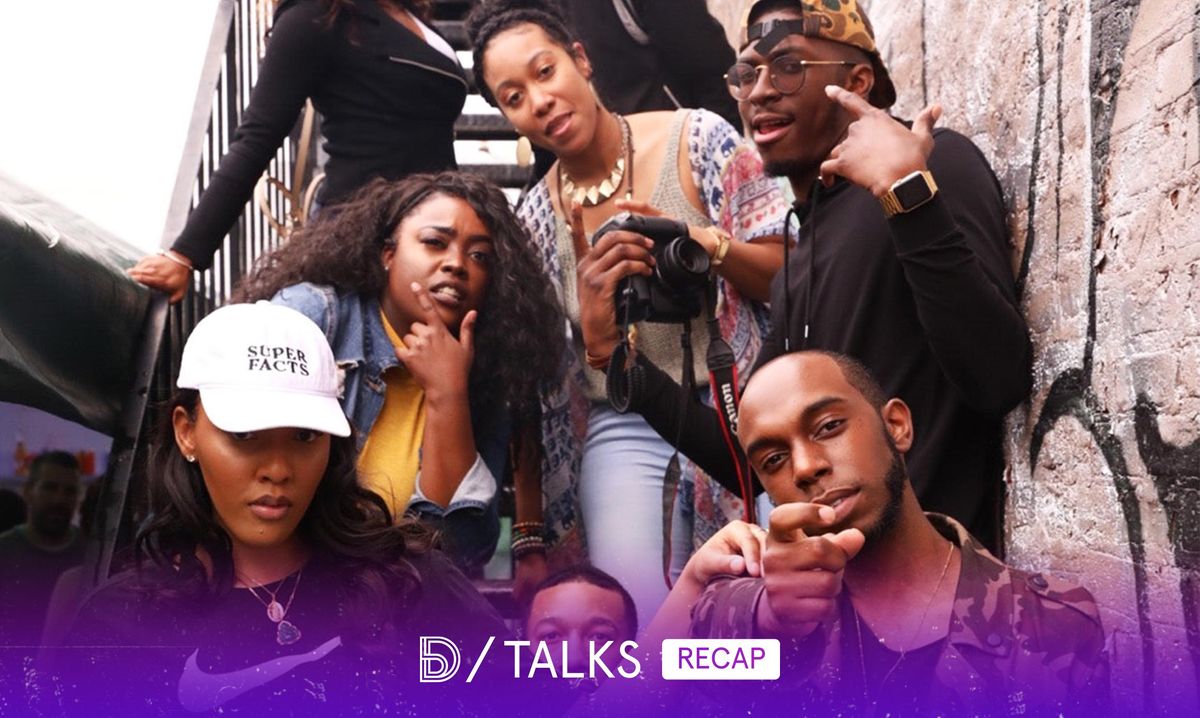
Community-Led Growth (CLG) is the process of creating a pool of enthusiastic customers who promote your product and recommend it to others.
CLG flips the traditional sales funnel, where momentum often slows down after the prospect becomes your customer.
When you commit to helping new customers and making them zealous advocates of your brand — the core of community-led growth — momentum continues even long after they've stopped being a prospect.
In 2021, 70% of companies with communities increased their budget for community building. Community scales your startup, product, and services in ways that traditional marketing or advertising channels can't. When done right, community enables and improves customer acquisition, streamlines support and success, bolsters retention, and provides crucial product insights.
To help further drive home this conversation, the last edition of #BDTalks explored how to build an online community around a startup. The event examined strategies to drive user engagement through social media.
The speakers were David I. Adeleke, a Media and Communications Consultant, and Haneefah Abdulrahman, a Programs and Community Manager at Ingressive for Good. Jeremiah Ajayi, a Senior Content Marketer at Stears moderated the Twitter Spaces.
What are the strategies for successfully building a community
Haneefah AbdulRahman: One thing you have to understand about community building is that you are dealing directly with people. It’s not like marketing, where you throw a bunch of “come and buy” and other words or whatever it is that you want to get them to do.
Communities are made up of people. That's one part. Once you understand that, it helps you to determine what your communication would look like. Then get your basics right. Your mission, vision and your brand goals.
Answer these questions clearly: What do you want to achieve? What do you want people to help you to achieve? What value are you offering your community members?
How are you different? Providing answers to these questions will help you create solutions that solve people’s needs. If you speak directly to people’s needs, and their challenges, then you’ll know how to communicate with them.
Ask questions, be curious, and get insights. Find out how they prefer to communicate. At Ingressive for good, we’ve been able to defer ourselves from other communities because we were sensitive to the communication platform our audience was comfortable using. We started with emails, then social media, and then we moved to Telegram.
We had to find a way to get people to talk to each other. It could have been WhatsApp if it had the same features as Telegram. Such as having the capacity to take an unlimited number of people.
Related Article: How Nigeria’s leading startups build and maintain thriving communities
How do you keep a community engaged
Haneefah: We send engaging and entertaining e-mail newsletters and content that will move our audience from point A to point B. We also run hackathons.
In addition, community members are invited to speak about what they’re learning and post them on social media. Posting on social media is like writing in a public journal. That way, other people can keep you accountable.
For example, if you post you that you are learning data science online, an acquaintance can follow up on you months later to ask how far you’ve gone.
How do you rise above the noise in your audience's inboxes
David I. Adeleke: I’ve been on social media for a long time, so I can say I know what people want to read. I know how to signal. So I think that the most impactful lesson for anybody who wants to build an audience or a community around their work is that you must know how to signal to the people that you want to attract.
This could be as mundane as tweeting frequently about a specific thing or just trying to get into certain types of conversations and building on those conversations.
Another thing that has helped me build Communiqué is the quality. I don't publish every week because I need to be able to produce high-quality content all the time. That is Communiqué’s biggest asset. Just the quality of the content, or in the context of a startup, the quality of the product or how insightful and helpful it is to people.
You also need to care for what people care about. Piggyvest is one of the startups doing an amazing job here, of speaking the language of their audience. Find out what they like. Is it movies, books or football? Then find a way to infuse it into your communication.
Follow us on Twitter for more insightful conversations about the African tech ecosystem.



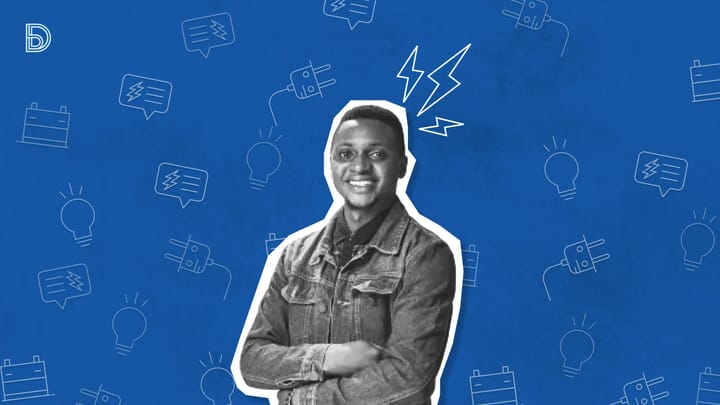
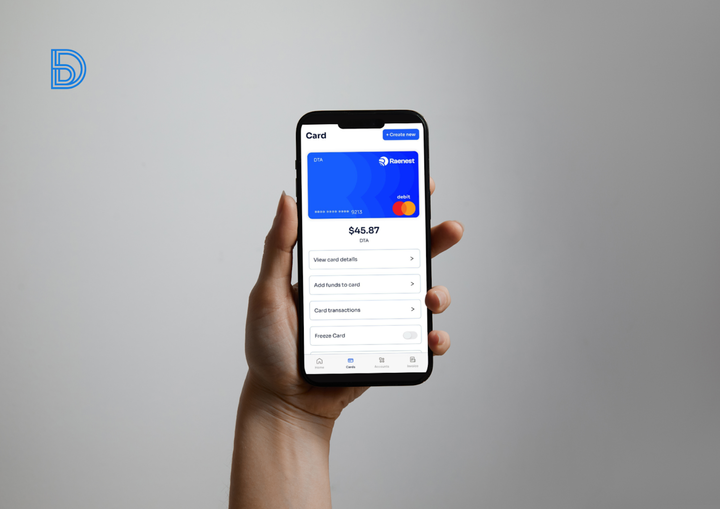
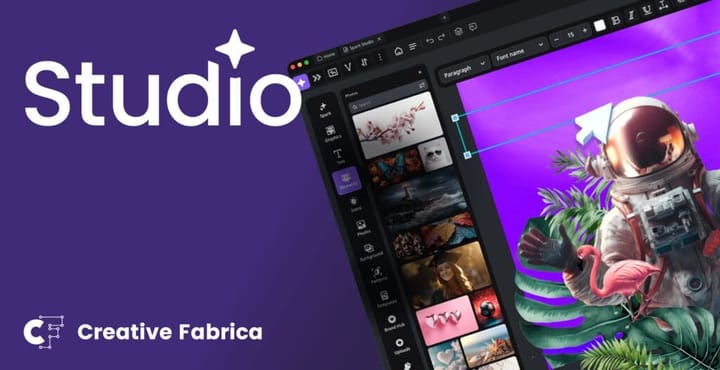
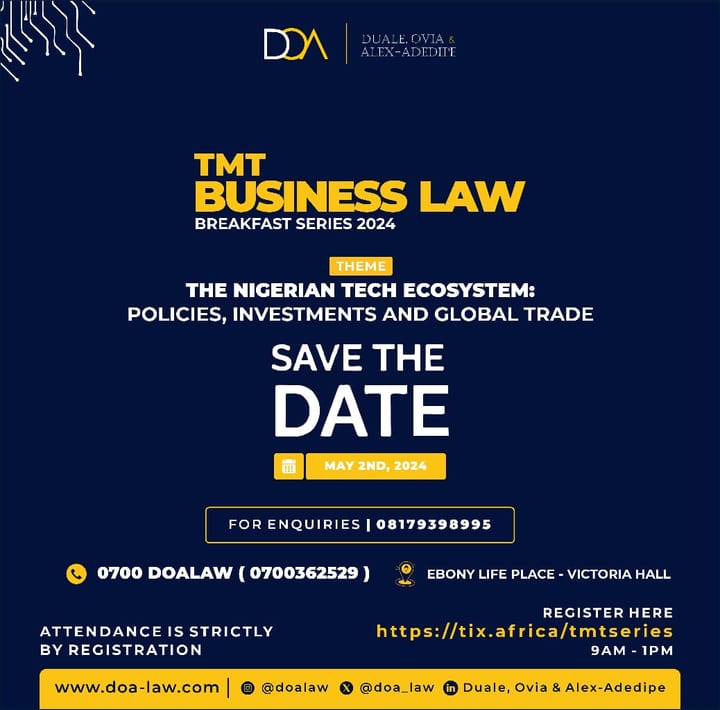
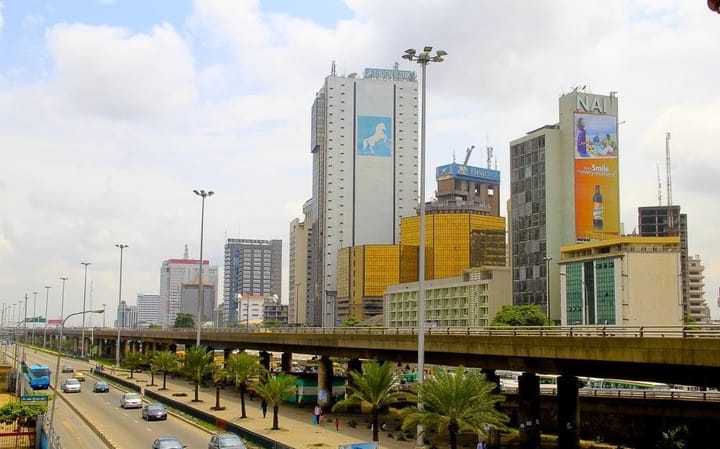
Comments ()